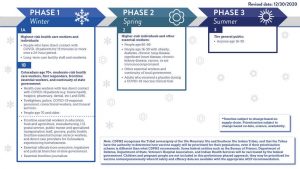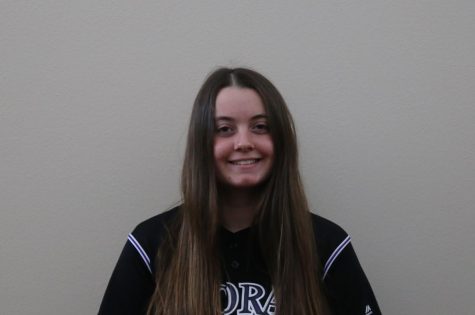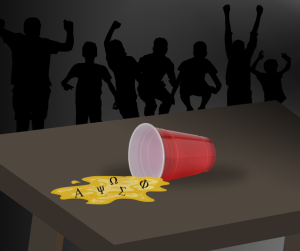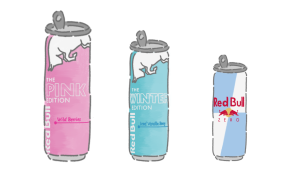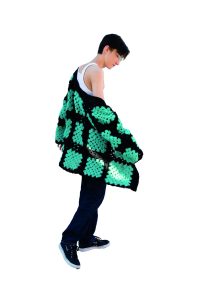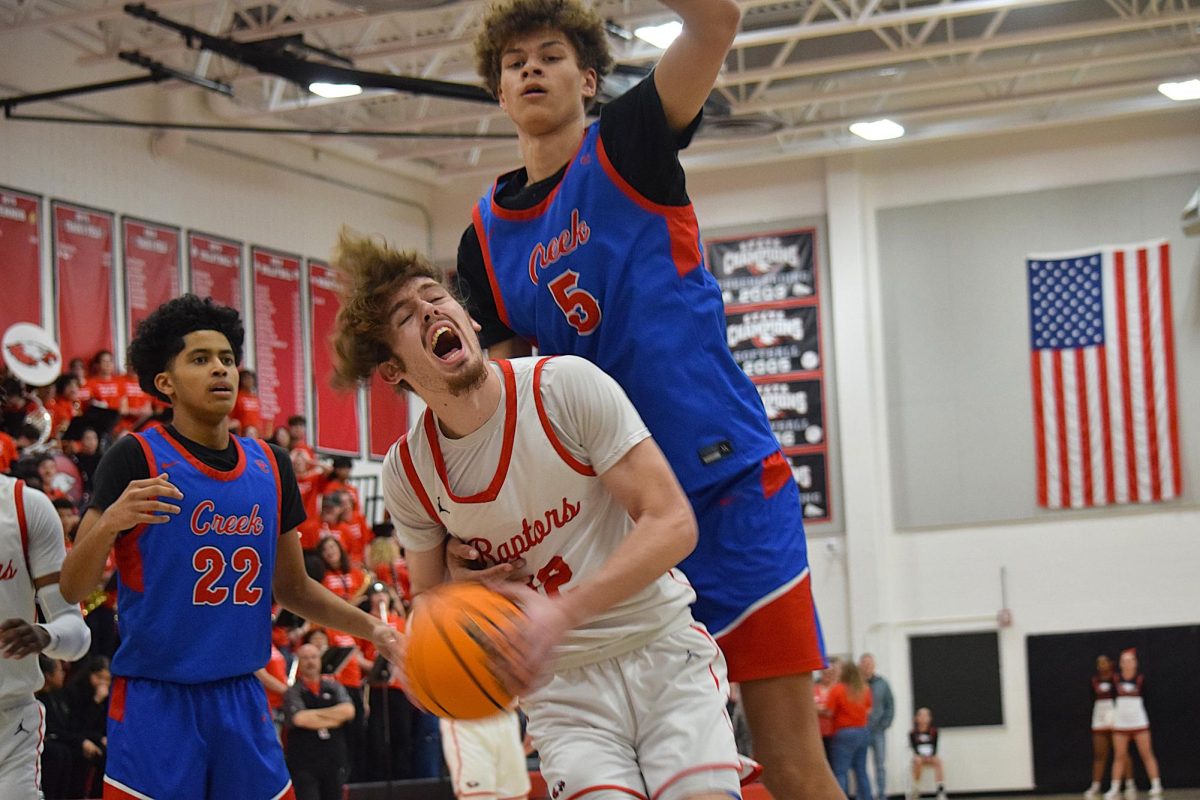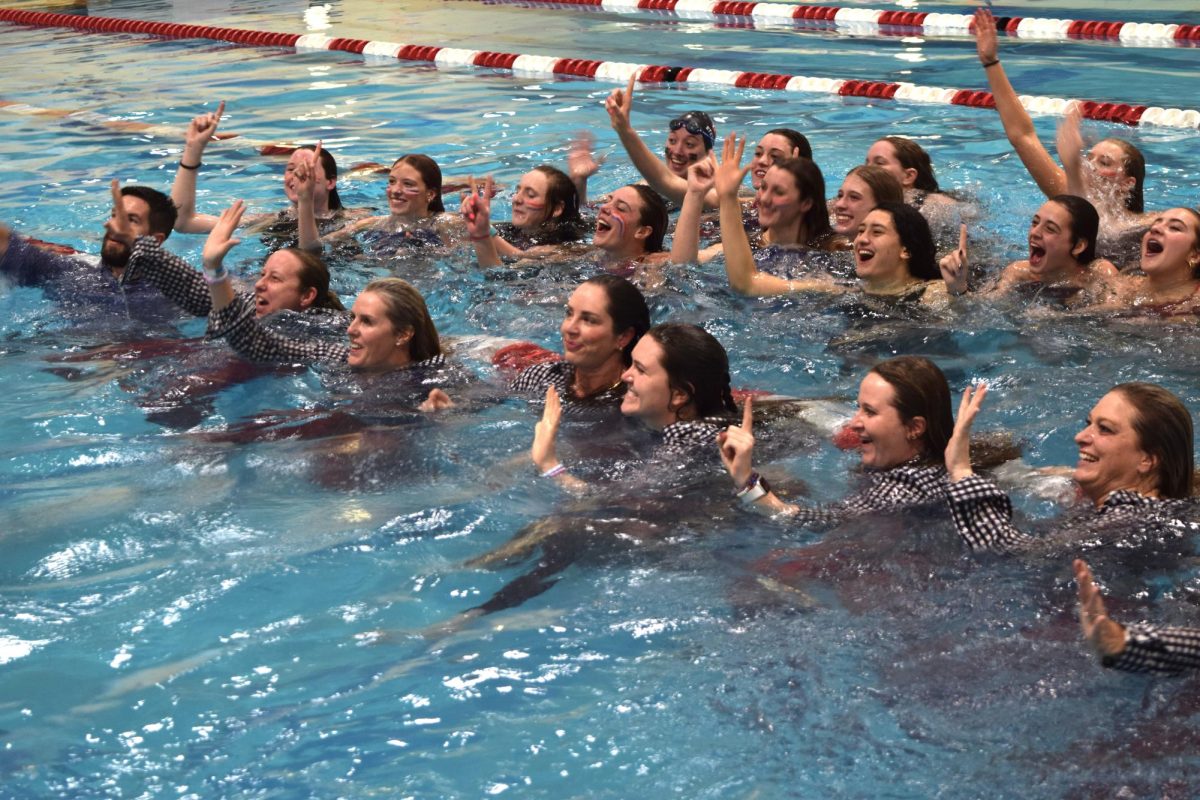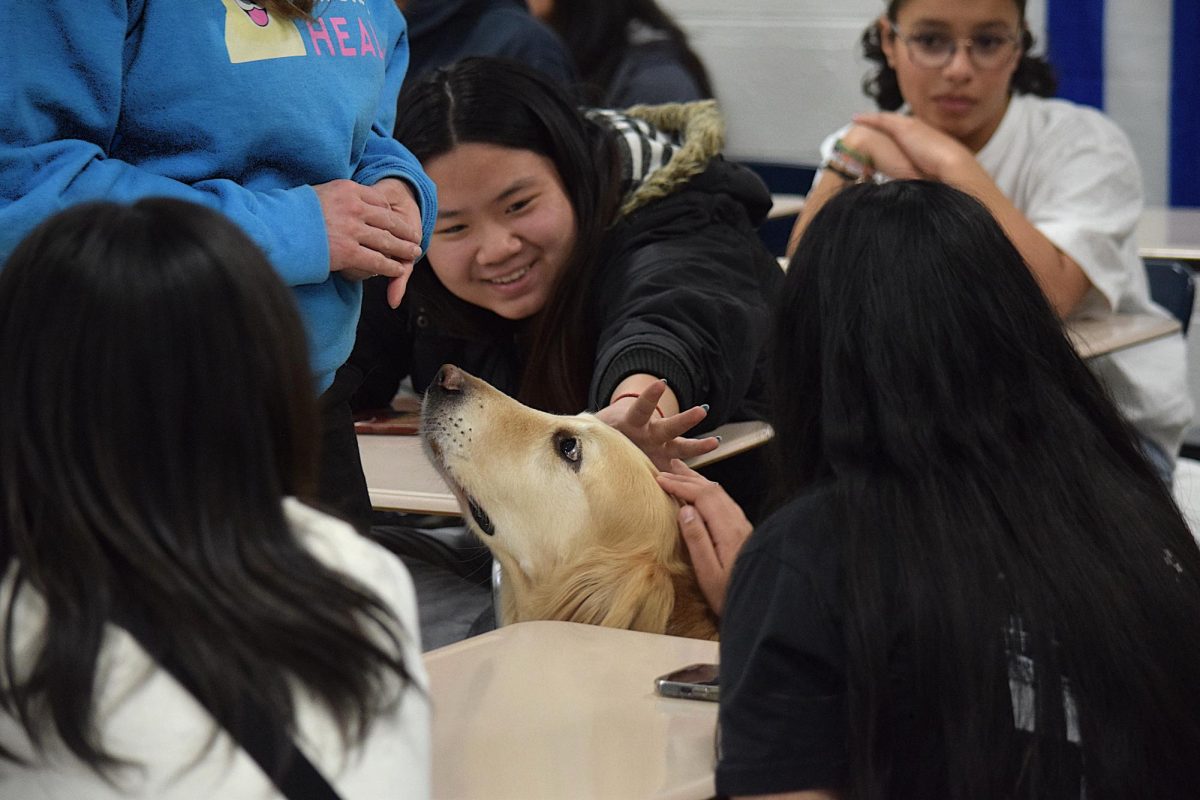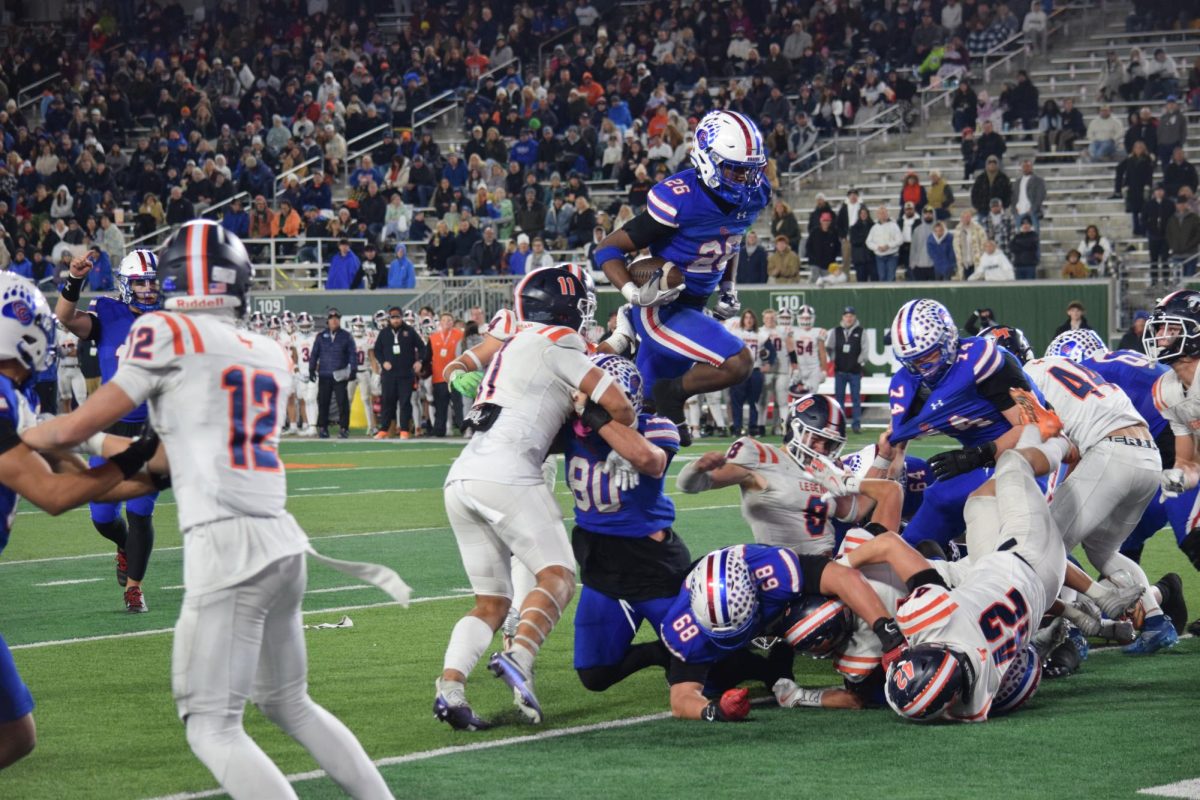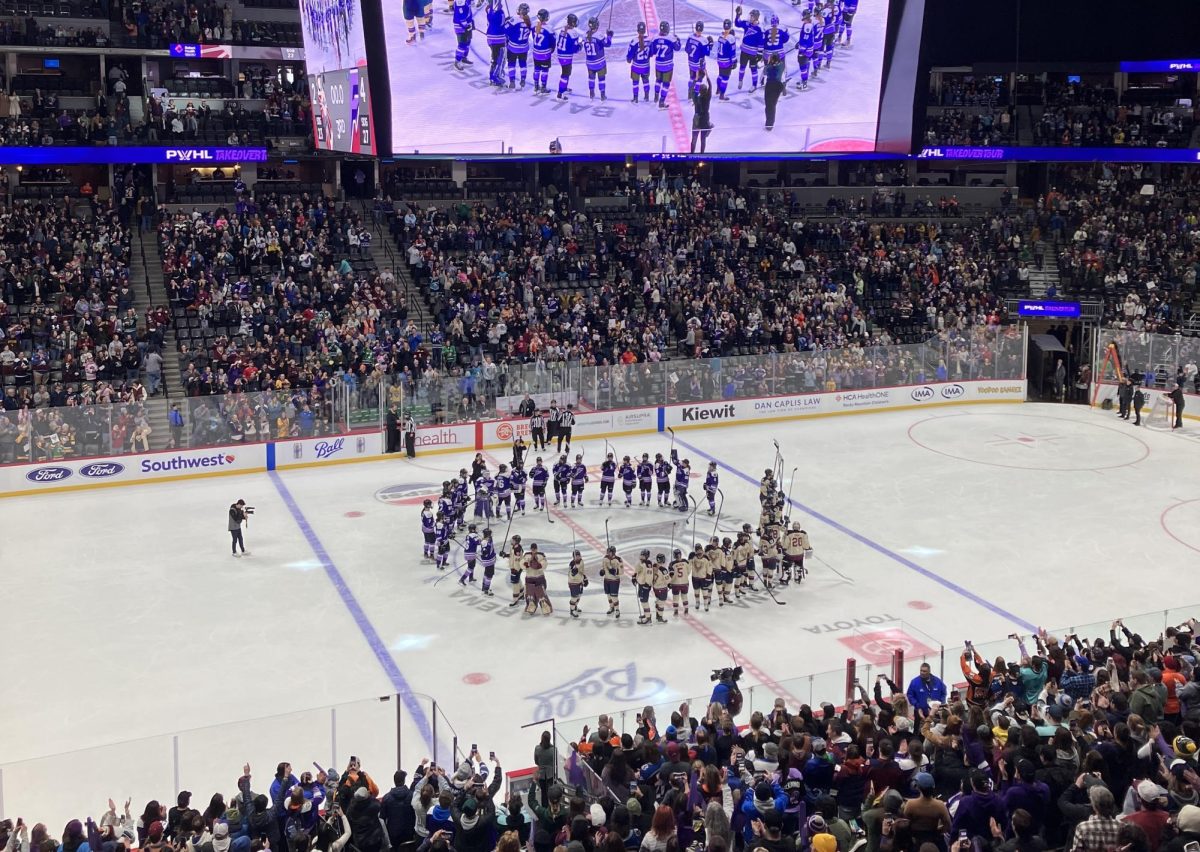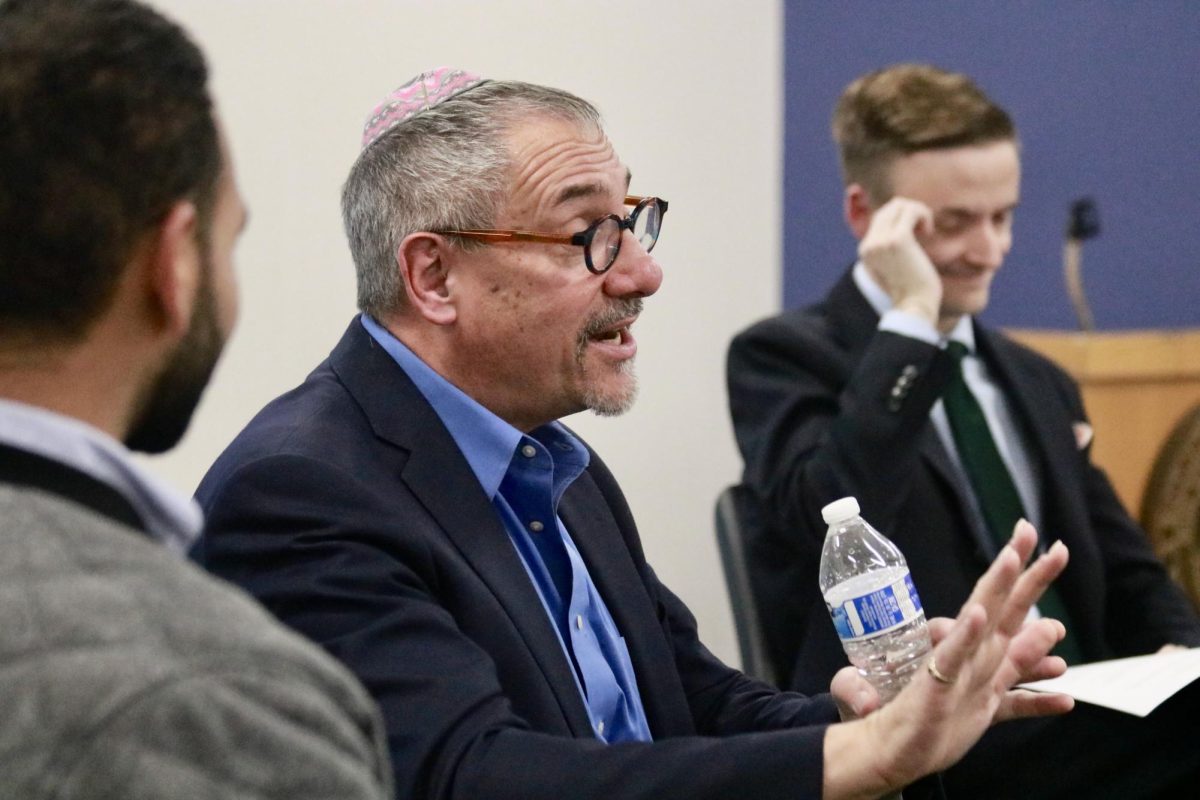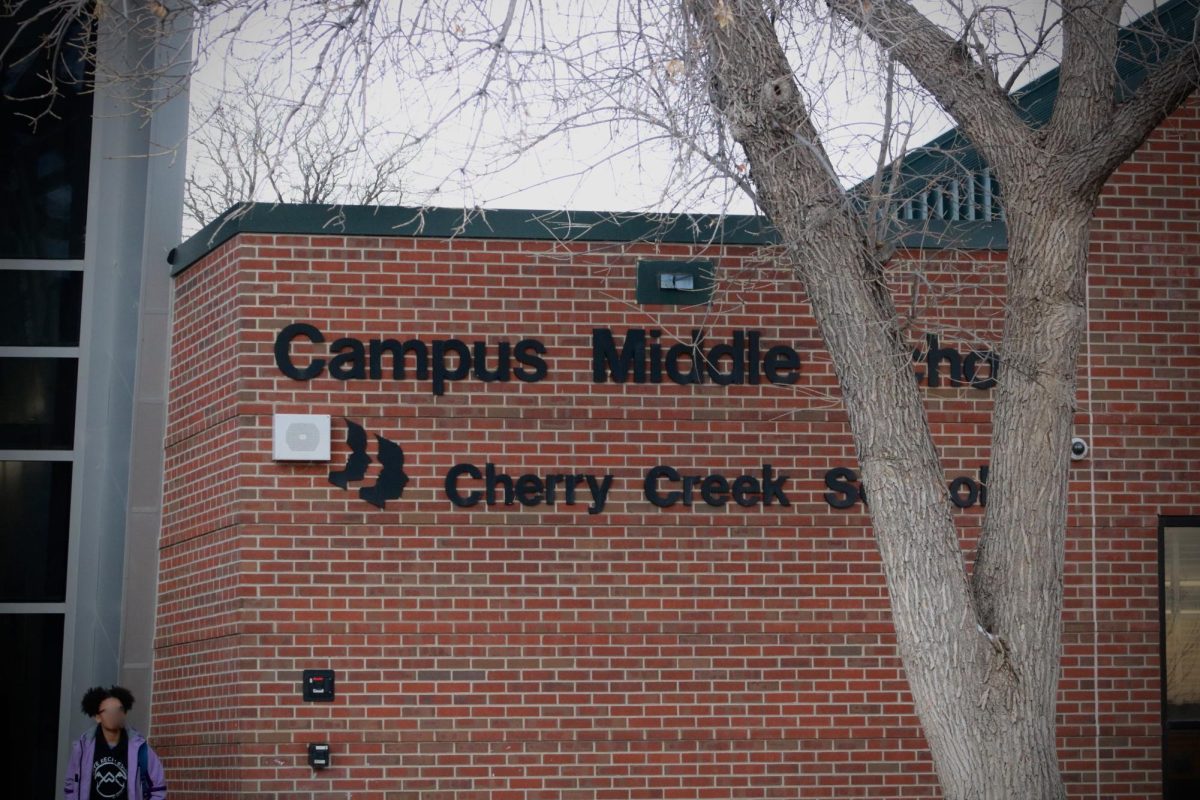Inside the COVID-19 vaccination effort
As vaccines become accessible to more and more people, many have questions
HUNDREDS A DAY: Used Pfizer syringes pile up in a biohazard waste bin at the Kaiser Permanente Lone Tree Medical Offices, where hundreds of people are vaccinated every day. “We have a pretty good process in place,” said registered nurse and nurse leader at the clinic Kristen O’Keefe. “We’re able to see a lot of people through the vaccine clinic and we’re pretty proud of that.” After receiving their shots, all patients must wait at the clinic for 15 minutes due to risk of anaphylactic reactions to the vaccine. Medical assistant Le’ Cunningham said there was little risk of that actually happening, even though “people have heard horrible stories.”
March 24, 2021
In this article:
- What getting your vaccination could look like
- When you could be getting your vaccination
- A rundown of the different vaccinations
- What post-vaccine life could look like
What does a vaccination site look like?
As COVID-19 vaccines became available to Americans earlier this year, vaccine sites cropped up around the nation, some vaccinating hundreds – even thousands – of people a day.
Colorado has been no different, converting any medical clinic available to hubs for COVID-19 vaccines. The Kaiser Permanente Lone Tree Medical Offices center is one, using empty conference rooms and labs to vaccinate as many vulnerable people as they can every day.
For the staff at the medical center, this monumental task is conducted with no small amount of joy and pent-up anticipation.
“I think we’re pretty happy,” said Le’ Cunningham, a medical assistant. “And it’s an easier day for us than our [normal] day-to-day.”
Cunningham’s job is to direct vaccine recipients to where they’re supposed to go when she’s not administering vaccines. And elsewhere in the clinic, others reflected her joy to be part of the vaccine administering process.
“I’m glad to be a part of it,” said another employee who was directing recipients. “Would I have chosen to be here [in a pandemic]? No. But I’m glad to be a part of it.”
Vaccine recipients were instructed to specific areas of the building to receive their shot. Many of them ended up in a crowded lab on the second floor or meeting rooms on the fifth floor, where medical personnel administered vaccines and scheduled patients for their second dose, which they’d receive three weeks later. Most people were in and out within ten minutes, often fewer.
After being vaccinated, all recipients had to wait at the clinic for fifteen minutes due to the risk of anaphylactic reactions to the vaccine. People were directed to a large seating area and told that if they felt unwell, they’d need to proceed to a more monitored area. Most patients were able to leave within fifteen minutes but were advised that there could be delayed side effects – mostly flu-like symptoms.
“I had COVID a year ago, and I had similar symptoms the day after,” said Douglas County high school teacher Sara Cady of her reaction to the vaccine. “But it only lasted 24 hours.”
Registered nurse Kristen O’Keefe said that while allergic reactions to the vaccine were extremely uncommon, flu-like side effects were not. “A lot of people that come in after getting their vaccine have actually been able to tell us that even if they did have a little bit of side effects after their vaccine, they are still here to come and get their second dose,” she said. “I personally had both doses, and I had Moderna, and I did not feel well after mine. However, totally worth it for me; I would do it again if I needed to.”
Vaccines are, for the moment, available by appointment only at most clinics. Patients don’t usually get to choose between the two available vaccines from Moderna and Pfizer, respectively. In most states, including Colorado, people have been put on waiting lists for the vaccine and are organized by their vulnerability.
At the Lone Tree clinic, mostly elderly people stood in line; some much-younger essential workers were also beginning to receive their vaccines. Among them: teachers like Cady, who teaches social studies at Castle View High School.
“I was very happy,” said Cady about receiving her Moderna vaccine on Feb. 12. “As a teacher, this is the first step to get students back in-person full time.”
Cunningham said both excitement and nervous anticipation among recipients weren’t uncommon. “I think just because it’s new and there’s a lot of hype around it, so I think they’re a little bit nervous. And, [stories] are told, to an extent, of what happens – everybody’s body reacts differently, so people have heard some horrible stories and other people have heard great stories.”
Creek French teacher Susan Bowditch was also able to receive her vaccine. “I feel very grateful to be able to be vaccinated,” she said. “I am grateful for our medical and science communities.”
Overall, though, Cunningham said there was little variation in patient attitude. “They’re either super excited or kind of more on the worried end, but they leave happy.”
Recent reports from federal offices have said that vaccines will most likely become available to the general public by late spring mid-summer.
Who at Creek is getting vaccinated?
In 2020, COVID-19 vaccines were produced at record speed. Many Americans were able to enter the waiting list for the vaccine by Jan. 2021.
Early this year, CCSD announced that it would be vaccinating all of its teachers, partly in hopes of returning the district to full in-person learning. The state of Colorado, however, did not plan to put teachers in the first stages of vaccine rollout. Instead, teachers began to get their vaccines Feb. 8, and by the time we return to school Apr. 5, the vast majority of teachers who wish to be vaccinated, will have been.
Students are also now beginning to receive their COVID-19 vaccines as well. The Pfizer BioNTech vaccine, which is two doses, is open to people aged 16 and up. The two-dose Moderna vaccine and one-dose Johnson & Johnson vaccine are open to people aged 18 and up. Creek students who are essential workers or have preexisting health conditions may be eligible for the vaccine.
According to O’Keefe, who is a nurse leader at the Lone Tree vaccination site, the number of teenagers coming to the clinic to get their vaccine is rising as more become eligible. “We’re actually starting to see quite a few come in now,” she said. “Some who work in childcare and qualify through some of those different phases. I’ve seen some 16 year olds, 17 year olds, coming in and getting their vaccine, which is actually quite exciting to see.”
In addition to childcare, teenagers who work in food service or grocery stores, both of which qualify as essential, may be eligible.
What is the difference between the COVID-19 vaccines?
Currently, three COVID-19 vaccines are available to the American public. There are differences in efficacy and potential side effects, but health officials have said that if you are eligible for the COVID-19 vaccine, you should get whichever one is available to you. Here’s a quick rundown of the three currently approved vaccines.
This vaccine was developed jointly by Pfizer, Inc. and BioNTech. It requires two doses at least 21 days apart, and is an mRNA vaccine, meaning that it uses messenger RNA to “teach our cells how to make a protein—or even just a piece of a protein—that triggers an immune response inside our bodies,” rather than using dead viruses to trigger an immune response, says the CDC. The vaccine is mixed with a saline solution in a syringe before being administered.
This vaccine is the only one cleared for people aged 16 and up, meaning that qualifying Creek students who aren’t yet 18 may be able to get it.
During trials, the Pfizer vaccine proved to be 95 percent effective in preventing COVID-19 infection in vaccinated patients. This is about as effective as many of the childhood vaccines we receive early in life, some of which have contributed to the near-eradication of viral diseases.
According to a vaccine administrator at the Lone Tree vaccination site, Pfizer vaccines are being produced at a rate of hundreds per minute, so this vaccine is easier for the clinic to acquire. However, this vaccine must be kept at extremely cold temperatures, making it difficult for some clinics to keep enough of them to effectively vaccinate large numbers of people. It cannot be kept for long, and so some people have been accessing the vaccine by simply waiting around at a clinic at the end of the day to see if there are any unused vaccines.
This vaccine was developed by ModernaTX, Inc. Like the Pfizer vaccine, it requires two doses, but the Moderna vaccine requires the doses to be administered at least 28 days apart. It is also an mRNA vaccine.
This vaccine is only cleared for people aged 18 and up, meaning that it is not available to most Creek students. Anecdotally, the Moderna vaccine has harsher side effects than the Pfizer vaccine, with some recipients reporting flu-like symptoms for multiple days after getting the vaccine.
The Moderna vaccine proved 94.1 percent effective in preventing COVID-19 infection during clinical trials, which is essentially the same as the Pfizer vaccine.
Similarly to the Pfizer vaccine, the Moderna vaccine must be kept at extremely cold temperatures, and cannot be kept for very long.
This vaccine was developed by Janssen Pharmaceuticals Companies of Johnson & Johnson and was the last of the three to be approved for use. Unlike the previous two vaccines, this one only requires one dose. This vaccine is not an mRNA vaccine, but rather a viral vector vaccine, more similar to other vaccines most people have received in the past. It uses an altered, non-dangerous version of COVID-19-causing virus to trigger an immune response.
This vaccine, like the Moderna vaccine, is only available to people aged 18 and older.
In trials, this vaccine proved to be 66.3 percent effective. While this may not seem like enough, especially compared to the other vaccines, if enough people are vaccinated, this vaccine will still be effective in preventing its recipients from getting COVID-19. It only takes two weeks for the effects of this vaccine to set in, unlike the two-dose vaccines, which take as long as a month and a half.
This vaccine can be kept at warmer temperatures than the Moderna and Pfizer vaccines, meaning that it’s easier for many people to access. However, the rollout of this vaccine has been slower than the others.
What can I do after getting my vaccine?
While there isn’t quite enough data yet to show exactly how safe you are from getting and transmitting COVID-19 after being vaccinated, early research suggests that you can return to some semblance of normalcy if you have received your vaccine. Vaccinated people can gather maskless and indoors with each other. However, scientists do not yet know whether vaccinated people can still transmit COVID-19 to non-vaccinated people, so it’s best to remain masked in public.
According to the CDC, “we are still learning how many people have to be vaccinated against COVID-19 before most people can be considered protected.” Once we can achieve herd immunity, however, we will be able to return to a pre-COVID-19 normal.
For this reason, the CDC says it is vital that everyone who can get vaccinated, does. Most Creek upperclassmen will be able to receive their vaccine by summer, current statements say, and many underclassmen will be eligible as well once vaccines are approved for people aged 15 and under.
Until we achieve herd immunity, it’s important that everyone continues to stay safe. “Even after vaccination, please remember masks, social distancing, washing your hands,” O’Keefe said. “I know it’s difficult, but it’s our way of life right now.”
The featured photo in this article won third place Single Spot News Photograph from CSPA.

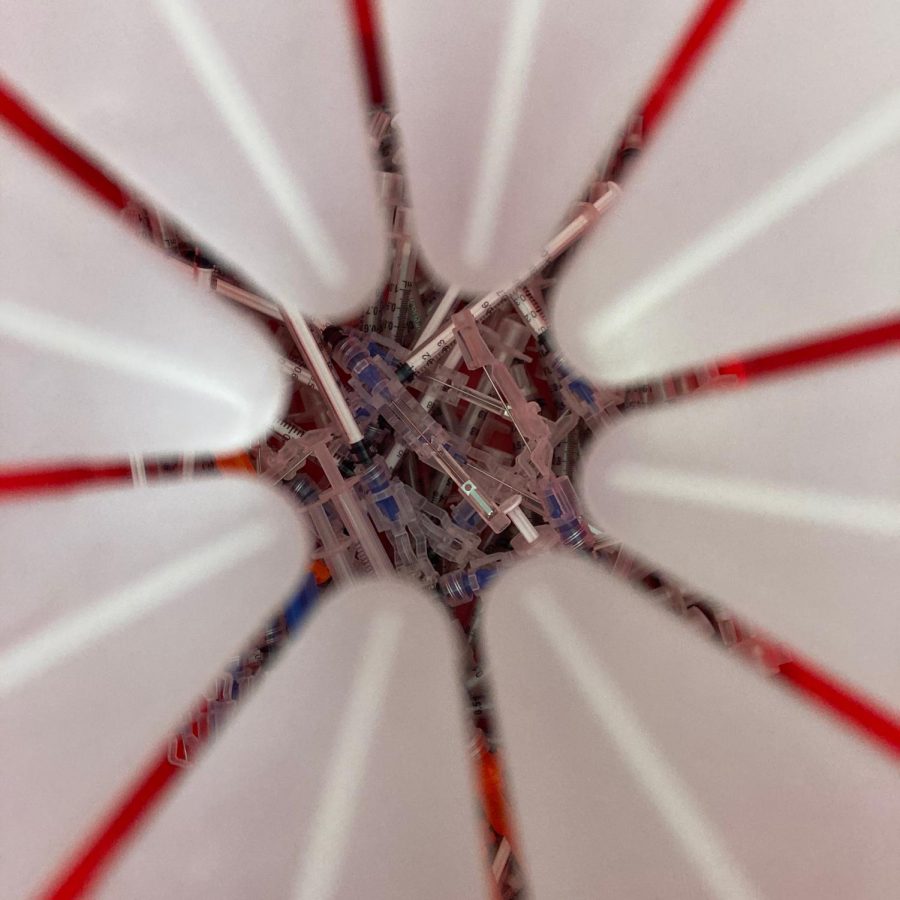

![Principal Silva is hopeful that the COVID-19 vaccine will help school return to normal. "I think that it should make us safer, even if not everybody takes it," Silva said. "And I think if you're a person who did have some anxiety [about going to school] and you're comfortable taking it, hopefully that would wipe away some of that anxiety because you feel like you have a safeguard in place."](https://unionstreetjournal.com/wp-content/uploads/2021/01/Covid19-vaccine-image-300x185.jpg)
